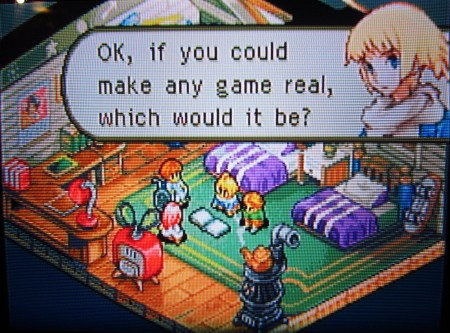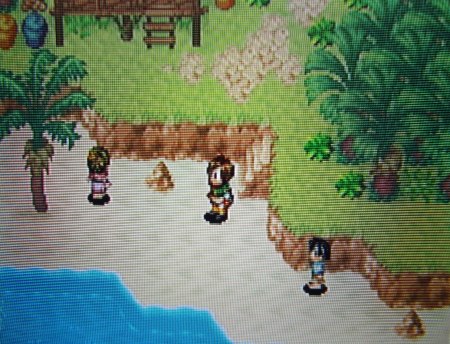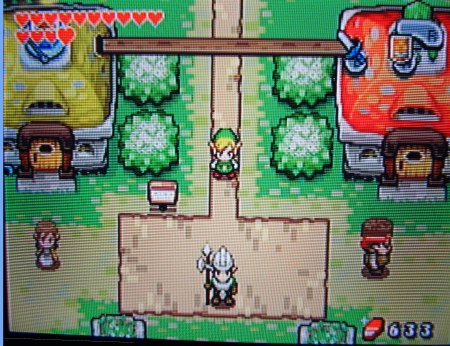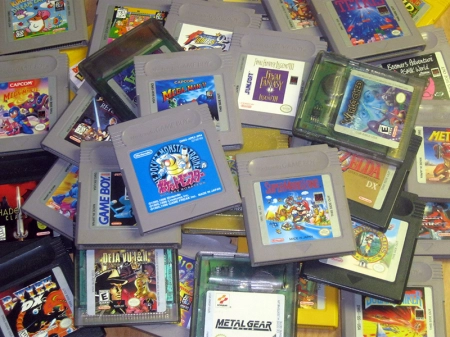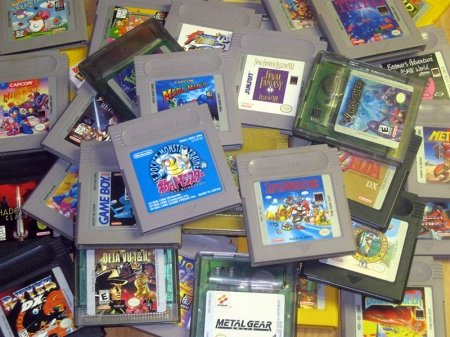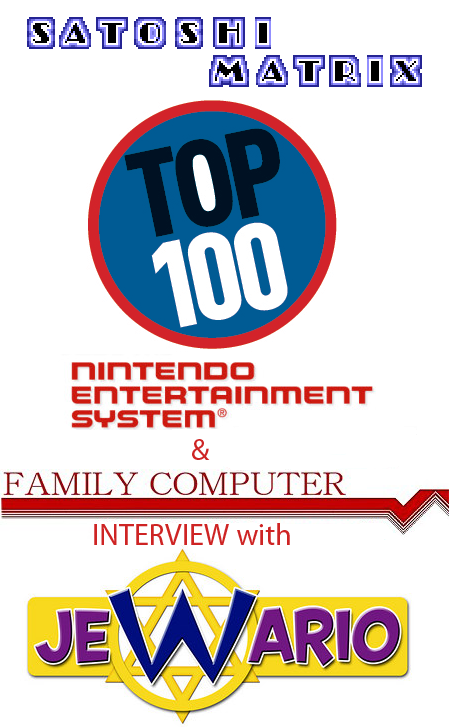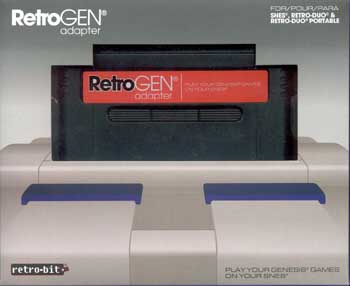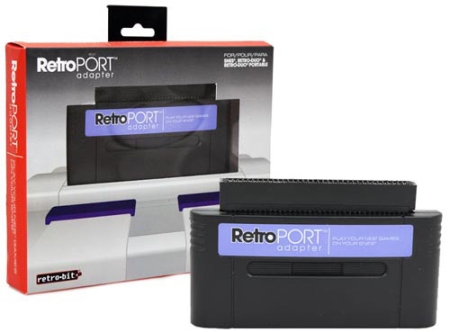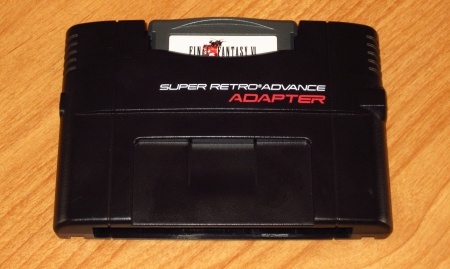 Last year, Retro-Bit – a third party manufacturer of clone consoles, controllers, and accessories – released two extremely interesting devices – the RetroPort Adapter, which connects to a SNES and allows original NES games to be played, and the RetroGen Adapter, which connects to an SNES and allows Sega Genesis/MegaDrive games to be played. Now Retro-Bit continues their voodoo magic with the Super Retro Advance Adapter, which promises to bring a certain beloved handheld to the SNES.
Last year, Retro-Bit – a third party manufacturer of clone consoles, controllers, and accessories – released two extremely interesting devices – the RetroPort Adapter, which connects to a SNES and allows original NES games to be played, and the RetroGen Adapter, which connects to an SNES and allows Sega Genesis/MegaDrive games to be played. Now Retro-Bit continues their voodoo magic with the Super Retro Advance Adapter, which promises to bring a certain beloved handheld to the SNES.
Since it was initially announced, fans speculated about how the GBA would change the future of portable gaming forever by bringing SNES-like game experiences to a handheld while also producing new franchises and perhaps even doing some things that wouldn’t be possible on Nintendo’s legendary 16-bit platform. Throughout it’s life, all of this was proven time and again as the GameBoy Advance became for all intents and purposes, the second coming of the Super Nintendo Entertainment System.
It is therefore with irony that Retro-Bit now has a product to bring GBA game experiences back to the SNES.
How good is this device? Read on.
Overview
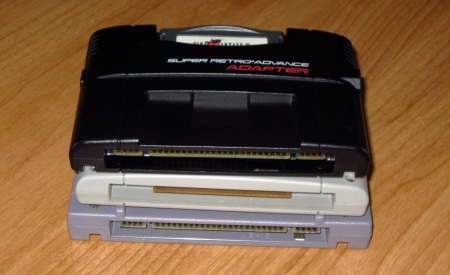 The Super Retro Advance Adapter is a standalone GBA clone that plugs into the SNES as if it were an SNES game itself. Using only the power provided from the SNES cartridge slot, the Retro-Bit Super Retro Advance Adapter has a self contained GBAOAC (GBA On A Chip) and interfaces with the SNES for standard button input.
The Super Retro Advance Adapter is a standalone GBA clone that plugs into the SNES as if it were an SNES game itself. Using only the power provided from the SNES cartridge slot, the Retro-Bit Super Retro Advance Adapter has a self contained GBAOAC (GBA On A Chip) and interfaces with the SNES for standard button input.
Just like the RetroPort and RetroGen, audio and video are not provided through the SNES, but instead an RCA to stereo 3.5mm headphone jack located in the side of the device. This is because unlike the Super GameBoy, RetroBit’s line of adapters do not run Super Nintendo software as a framework for the other platforms. In essence, while the console treats the Super GameBoy as a SNES game, the Retro-Bit Adapter line are not utilizing the SNES PPU at all, therefore there is no video feed to route internally.
It has been suggested that Retro-Bit could have solved this by writing a simple interface program, but that is easier said than done. SNES games were written in low level 65C816 assembly, a language so prone to errors it was abandoned in the mid ’90s and isn’t taught in programming classes anymore. There also aren’t any C or C++ compilers for the highly custom 5A22 cpu Nintendo chose for the SNES.
As is, the included cable is required when using an actual Super Nintendo or Super Famicom. However, this is only true of the original Nintendo hardware and older, non Retro-Bit clone consoles. Newer Retro-Bit clones such as the Retro Duo Portable and the upcoming Super Retro Trio will pass the video feed directly to it’s own video output jacks without the need of the additional cable.
It should also be noted that the Super Retro Advance Adapter, like other Retro-Bit products, is designed to universally fit with all SNES consoles worldwide, featuring the slim design of Super Famicom game shells while providing the slits for the North American SNES. This essentially means it is completely region free.
Video output
Like the RetroGen, the video encoder inside the Super Retro Advance Adapter provides extremely clean, clear and vivid NTSC composite video that looks great on any CRT television. Despite the fact that the device only provides composite video output as opposed to something higher quality such as S-Video or even RGB, the video clarity surpasses what many classic consoles are capable of producing, including the SNES itself. Games are bright, vibrant and clear. Early titles well known for being especially dark such as Castlevania Circle of the Moon are completely playable, and regardless of the composite signal, there is minimal color bleeding – allowing easy reading of text and visibility of even the smallest sprites.
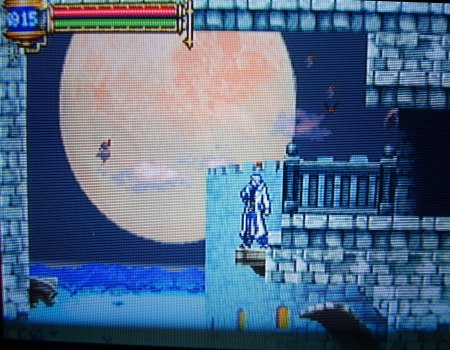 The original GameBoy Advance used an LCD with an aspect ratio of 3:2. When displayed on a 4:3 CRT television, the Super Retro Advance Adapter ever so slightly adjusts the image to display fullscreen. When using a 16:9 television, the slightly more widescreen nature of 3:2 is represented by nearly filling the entire widescreen display, but leaves a thin black border around the edges without any distortion. The device does not allow the user to adjust the aspect ratio, but I find it does a surprisingly decent job on its own. In fact, I prefer the full 4:3 display to the GameCube GameBoy Player’s windowed display.
The original GameBoy Advance used an LCD with an aspect ratio of 3:2. When displayed on a 4:3 CRT television, the Super Retro Advance Adapter ever so slightly adjusts the image to display fullscreen. When using a 16:9 television, the slightly more widescreen nature of 3:2 is represented by nearly filling the entire widescreen display, but leaves a thin black border around the edges without any distortion. The device does not allow the user to adjust the aspect ratio, but I find it does a surprisingly decent job on its own. In fact, I prefer the full 4:3 display to the GameCube GameBoy Player’s windowed display.
Audio
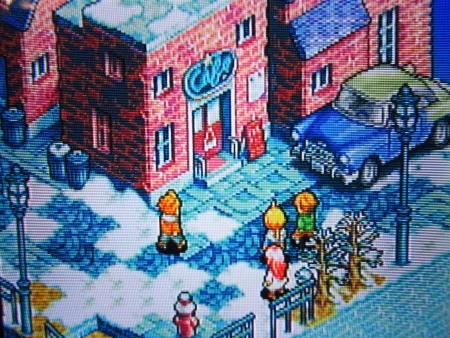 The cable provided includes clean, interference-free stereo sound, and the Super Retro Advance Adapter reproduces the GBA’s sound format almost perfectly. Unlike some GBA clones, all of the musical ranges the GBA is capable of producing are reproduced exactly within the same octaves, allowing gamers to enjoy their favorite GBA tunes when using the Super Retro Advance.
The cable provided includes clean, interference-free stereo sound, and the Super Retro Advance Adapter reproduces the GBA’s sound format almost perfectly. Unlike some GBA clones, all of the musical ranges the GBA is capable of producing are reproduced exactly within the same octaves, allowing gamers to enjoy their favorite GBA tunes when using the Super Retro Advance.
However, occasional Z-80 based sounds using the original GameBoy’s sound hardware do not sound correct on the Super Retro Advance. Through rigorous testing, I so far have found this to only affect a small number of GBA titles in minor ways. For example, in the Pokemon games, the sound effect when you run into a solid object is far more subdued than on a real GBA. This is however such a minor issue that it may actually go unnoticed for those who aren’t specifically listening for it.
Controls
The controls mapped to the SNES controller are 1:1 with their GBA counterparts. In other words, the buttons displayed on the SNES controller exactly reflect the mapping of the GBA controls. For example, pressing the SNES controller A button will activate the GBA’s A button. For clarification, here is a chart of the mapping:
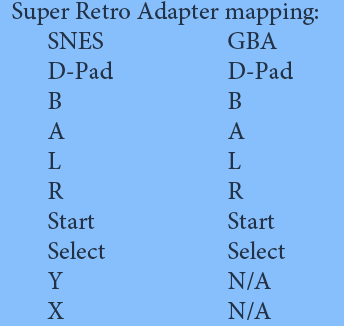 Some may be put off that the B and A buttons on the GBA are not instead mapped to the Y and B buttons on the SNES controller, but I understand why Retro-Bit chose to do this. There are many GBA games that include in-game button prompts such as “Press A repeatedly”. If the Y and B configuration was used, the GBA A button would be mapped to the SNES B button, creating some potentially confusing situations.
Some may be put off that the B and A buttons on the GBA are not instead mapped to the Y and B buttons on the SNES controller, but I understand why Retro-Bit chose to do this. There are many GBA games that include in-game button prompts such as “Press A repeatedly”. If the Y and B configuration was used, the GBA A button would be mapped to the SNES B button, creating some potentially confusing situations.
Compatibility
Like many emulators, the Super Retro Advance Adapter works by circumventing the boot bios, providing almost instant access to your favorite GBA titles and a legal loophole in what could otherwise be an illegal device to sell.
I am pleased to report that to the best of my testing abilities, compatibility appears to be extremely strong and very well may be perfect across all GBA titles. I have tested dozens of GBA titles and each work flawlessly.
The only compatibility issues I’ve encountered are with the Play-Yan Micro mp3/video player and running certain games via my M3 Simply SD Flashcart. The Play-Yan will refuse to boot up whatsoever. The M3 Simply will work for the majority of games I’ve tried. So far, the only problematic games using the M3 Simply are pseudo 3D titles such as Iridion II, Asterix & Obelix XXL, and Stuntman. Each of these will glitch out at certain points rendering them unplayable after a certain point. However, when I tested these games using the original cartridges, all worked without any problems.
As neither the Play-Yan or M3 Perfect are true GBA games in of themselves, incompatibility is unsurprising and should not count towards any tally of actual GBA games that do not work, which I have not found any through my testing so far.
Unfortunately, the Super Retro Advance Adapter completely lacks original GameBoy and GameBoy Color support. No GameBoy games will work on the device whatsoever, as the device lacks the original GameBoy hardware, just like the GameBoy Micro. GameBoy and GameBoy Color games will physically fit into the cartridge slot, but there’s no point in even trying as they will do absolutely nothing.
However, I was able to get several GameBoy and GameBoy Color games working and PocketNES through my flashcart, although with sound and graphical issues.
Good
-Reasonably priced
-Extremely easy to step up
-Great video output that fills a 4:3 display
-The SNES controller fits GBA games like a glove
Bad
-Completely lacks GB and GBC support
-Certain GB sound effects are incorrect
-Composite video output only, which is a shame considering the GBA could be made to produce S-Video or even RGB.
Conclusion
Following on the footsteps of the excellent RetroGen adapter, the Super Retro Advance adapter from Retro-Bit doesn’t disappoint. It provides great software support with clean and clear video. Is it better than the GameBoy Player for GameCube? No. However, considering the costs of the GameBoy Player plus GameCube, and that the GameCube controller is hardly an ideal controller for GBA games, the Super Retro Advance is a great alternative for playing your GBA games on a tv, and makes for a great gift this holiday season.
If you’re interested in purchasing the Super Retro Advance, it can be found along with many other Retro-Bit products at thinkgeek.com, vintagestock.com, lukiegames.com and other retrogaming stores all across North America and worldwide.
For retailers or resellers who may be interested in carrying the product, contact http://www.innexinc.com or service@innexinc.com
